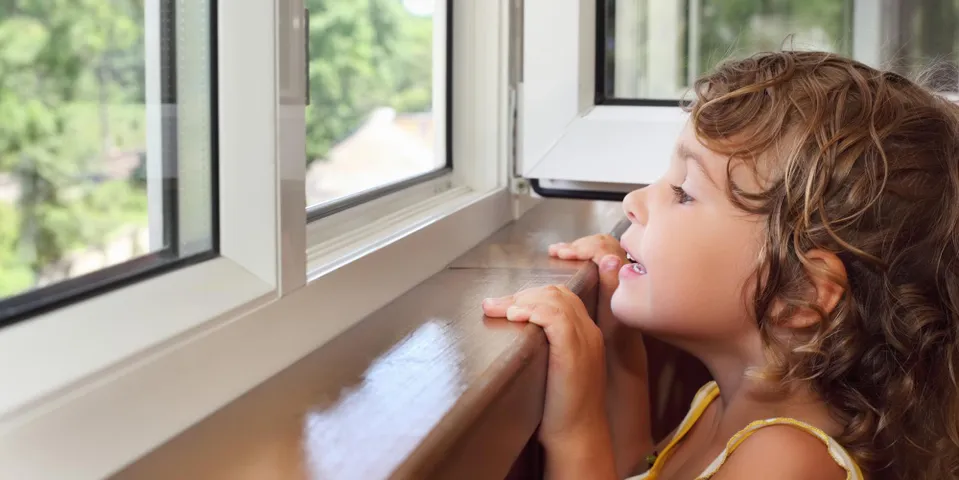How Home Windows Impact HVAC Efficiency

How Home Windows Impact HVAC Efficiency
Your home’s HVAC efficiency is determined in part by the condition and quality of your windows. Modern structures are designed specifically to reduce costs and improve comfort, but older products likely lack the efficiency that homeowners desire. Unlock the key to home comfort with a focus on window efficiency.
How Are Windows & HVAC Systems Connected?
While the two don’t exactly work for hand in hand, the HVAC system does rely to some degree on your windows’ ability to lock warm or cool air inside the home. Air conditioning systems naturally lose efficiency if there’s a problem with leaking ducts, or the filter is clogged with contaminants. However, air loss through leaking windows poses another and often unexpected threat. As heated or cooled air escapes and outside air seeps inside, the system works even harder to meet your desired temperature and create a comfortable space.
What Effects Do Windows Have on the HVAC System?
As a result of this overuse, the system essentially runs far more frequently than it would otherwise. You’ll pay more in energy bills as heated or cooled air escapes your home. The more that the system runs, the more strain its parts suffer. You may experience issues like frequent repairs as a result. This time of significant overuse could even reduce the product’s lifespan, which traditionally may last for anywhere from 15 to 25 years, assuming it’s properly maintained.
How Can Homeowners Improve Their Windows?
Aging windows are typically designed with a single pane. They lack modern enhancements that improve efficiencies, such as insulating glass, low-emissivity coatings to reduce ultraviolet light transfer, multiple panes, and stronger frames. These additions can transform your home’s comfort by reducing your need to rely on the HVAC system for constant comfort. The right windows lock heated or cooled air inside and keep opposing air conditions outside where they belong. You’ll save money on your heating and cooling costs as a result.
